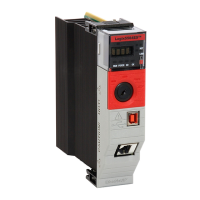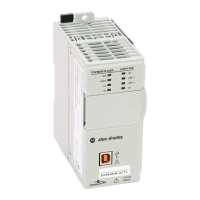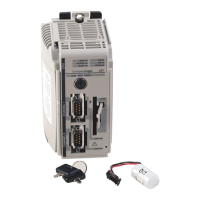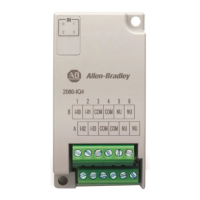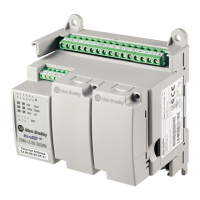Rockwell Automation Publication 1756-PM020F-EN-P - January 2019 13
Chapter 1
CIP services
Communicating with Logix 5000 controllers require using CIP explicit
messaging. This chapter describes the subset of the CIP explicit messaging
constructs for understanding the service explanations that follow.
See also
CIP services overview on page 13
Tag type service parameter on page 15
Analysis on page 16
Segment Encoding on page 16
CIP Service Request/Response Format on page 17
Before using CIP services, review introductory information:
• CIP data types
• Logix 5000 data
• Tag Type Service parameter
• Segment encoding
• CIP Service Request/Response format
Data type information is very important in all aspects of CIP communication.
The type information is used for reading, writing, and, if necessary,
deciphering structures. The Logix 5000 controller supports these data types.
• Atomic. A bit, byte, 16-bit word, or 32-bit word, each of which stores
a single value. (CIP refers to these as Elementary Data Types.)
• Structure. A grouping of different data types that functions as a single
unit and serves a specific purpose. Depending on the needs of the
application, create additional structures, which are referred to as
user-defined structures.
• Array. A sequence of elements, each of which is the same data type.
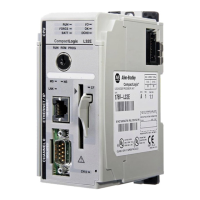
